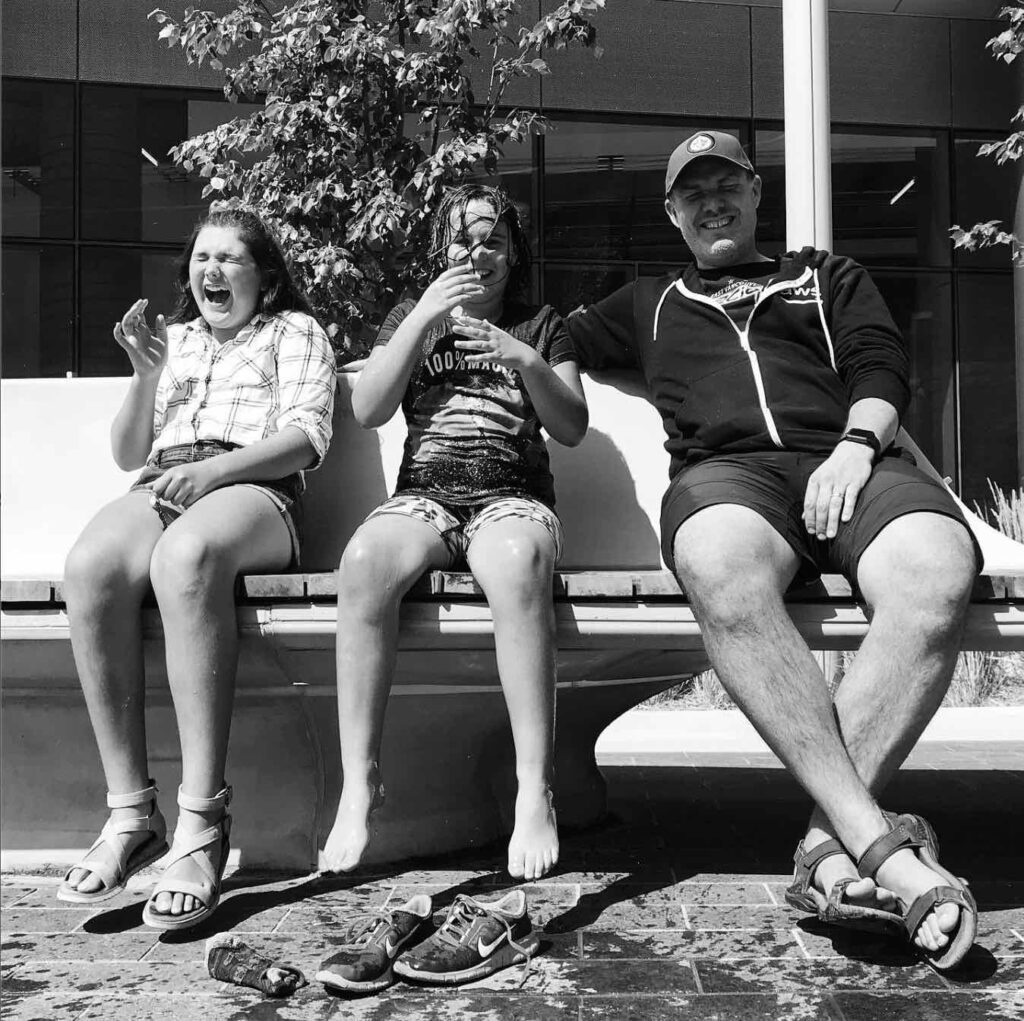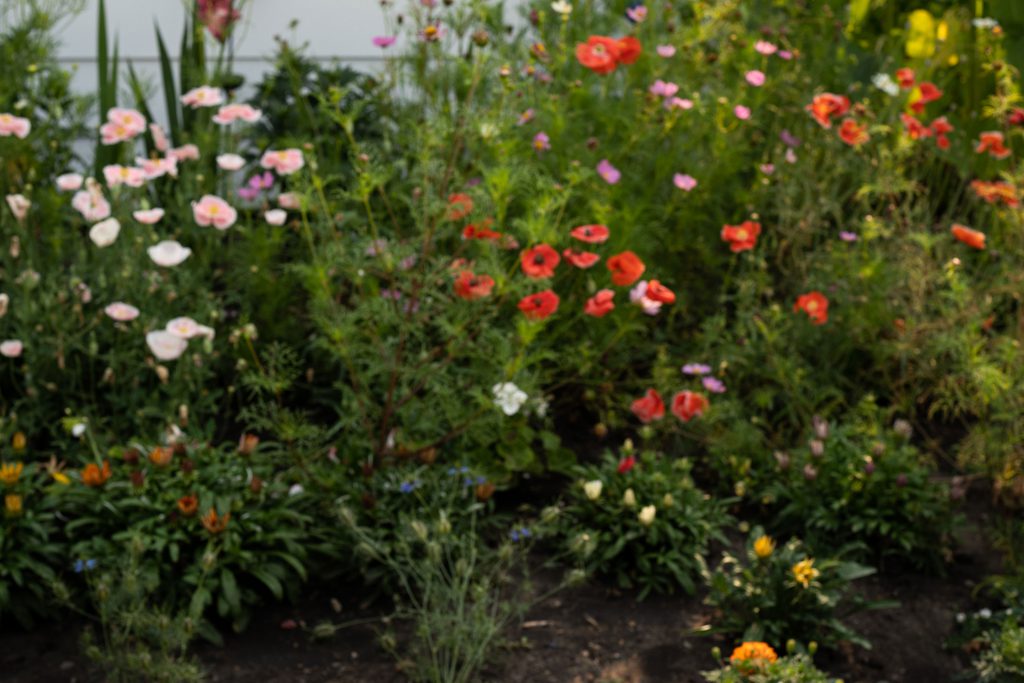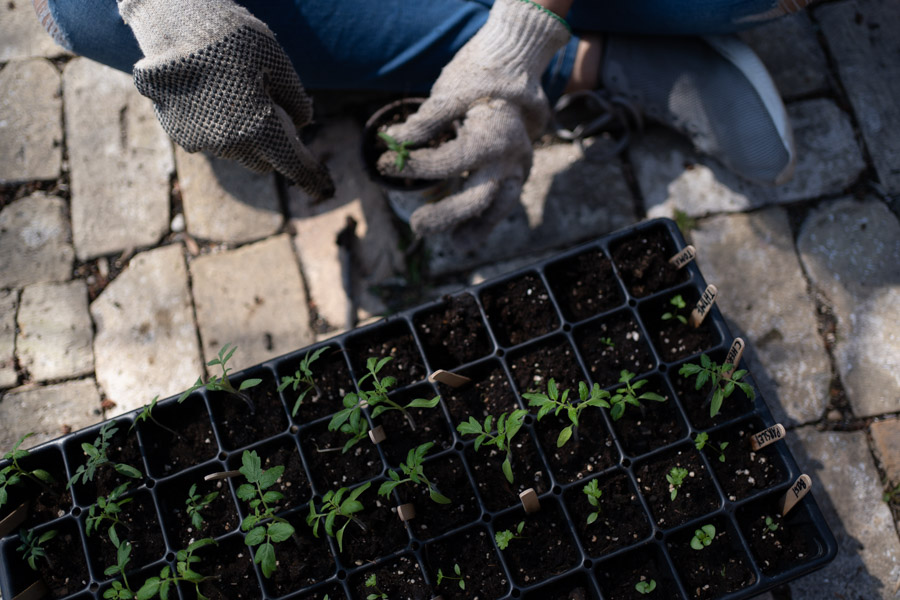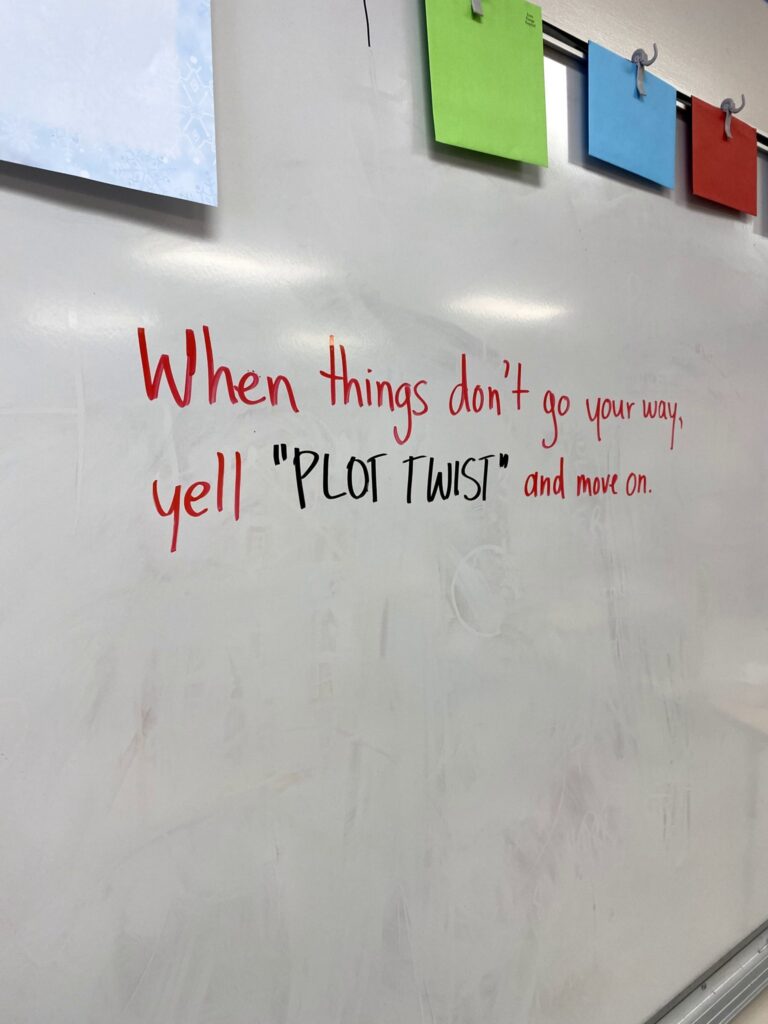Philosophy

Relationships are everything.
Relationships are the root of teaching and learning. Creating a classroom community is critical to Ms. Spencer. Getting to know what knowledge and experiences students bring with them, leveraging their strengths, supporting their challenges, and making sure they feel valued and seen are the basis for their success at school. To Ms. Spencer, relationships are number one.

All are welcome. Exactly as they are.
A thriving garden has flora of all sorts. Ms. Spencer loves finding ways to give all her students’ a sense of belonging and representation in her room. Success looks different to everyone, and Ms. Spencer loves working with students to support achieving the goals they choose for themselves.

Holistic teaching
“There is not a separate part of the brain that handles writing, another that handles reading, and a third that handles art” (Harste, 2014).

Hands-on inquiry
“When I go out into the garden with my young son, I don’t send him off to a developmentally appropriate garden. I take him to the same garden where I am going to work. Now, once we get there and get to the work that place needs, of course, each of us will work as each of us is able. We are not identical in ability, experience, strength, patience, and so on. But both of us will be working in the same place doing some part of the real work that the garden requires. This garden and the real work it requires, is itself rich and generous and multiple and varied enough to embrace our differences…”(Manitoba’s English Language Arts Curriculum Framework: A Living Document).

Embracing the struggle
As her students returned from lunch recess, all pumped to begin building their gingerbread houses, Ms. Spencer considered the inevitable struggle and frustration that would come with this activity. How could she encourage a growth mindset (Dweck, 2016) during this activity? At the last minute she got an idea and wrote the following on the board: “When things don’t go your way, yell “PLOT TWIST!” and move on.” Before students got down to work, she asked what they thought this meant. They did an excellent job elaborating on the idea, then Ms. Spencer told them about how her daughter had made a gingerbread house on the weekend and it broke. After a few tears, her daughter decided to turn it into a tent instead and it became a wonderful new creation! The students loved her story and throughout the classroom that afternoon, kids were heard yelling “plot twist!” as their houses crumbled, crashed, and broke.

Magic, delight and wonder
Ms. Spencer loves to read. She loves stories of all kinds. She’s a fan of photographs, films, plays, magazines, news articles, research papers, expertly crafted Instagram captions, hilarious TikToks, and so on. She considers it her challenge and privilege to match students to texts that they love and to support them as they build their identity as readers. She believes in reading as a daily practice and provides her students with time and space to read. At the core, she believes that reading and writing are the life-sustaining forces that provide us with access and agency and that, “regular reading will make our students better citizens of the world” (Gallagher & Kittle, 2018).

Art, beauty and joy
In Ms. Spencer’s life, writing is a critical form of reflection. “Writing is for life, not just for school” (Gallagher & Kittle, 2018). It helps her to be a better neighbour, friend, mother, partner, teacher and citizen. Ms. Spencer believes in meaningful writing experiences for her students. “Writing creates an opportunity to understand life better and to navigate its challenges and opportunities” (Gallagher & Kittle, 2018). She considers it an obligation as a citizen of this planet to be thoughtful about the way she moves about in the world, and writing helps her practice that thoughtfulness. She will provide the time and space for students to slow down and take note of their world. It will then be her reward to see through their eyes.